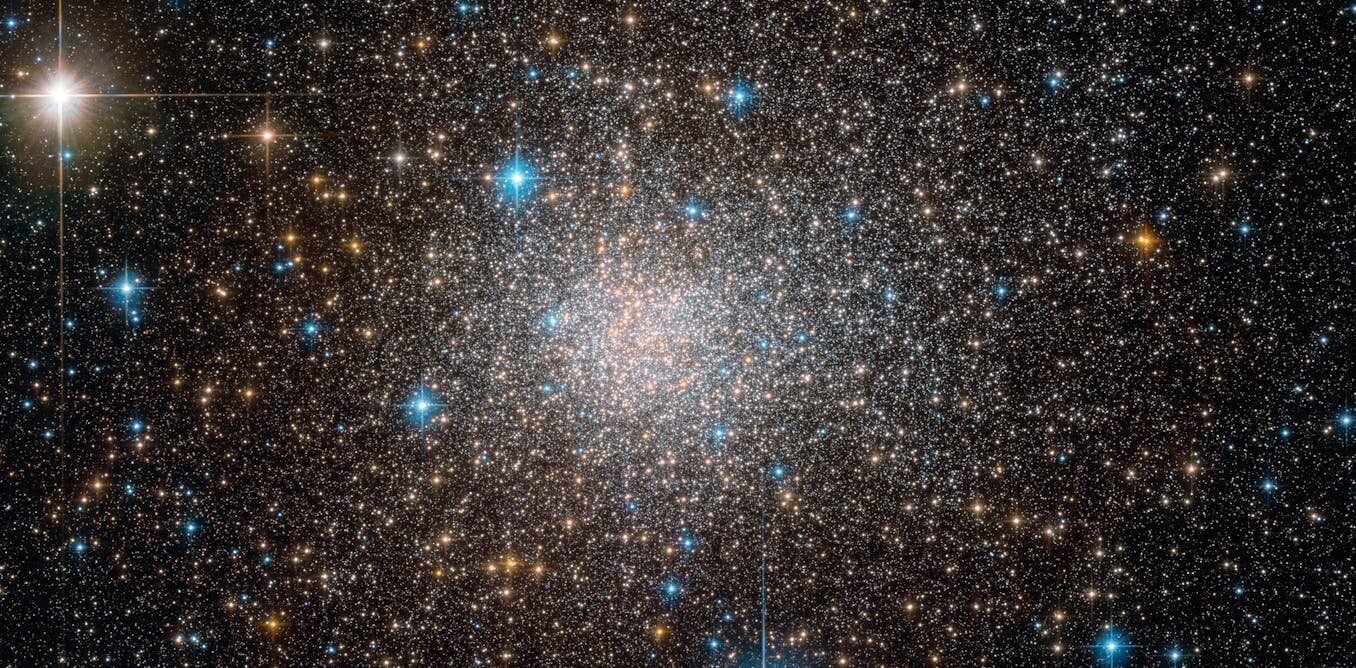Scientists have studied the Terzan 5 cluster. Now it is close to the center of the Milky Way and its magnetic fields form a kind of tail, causing this object to be considered a comet on a galactic scale. The observation solved a long-standing mystery involving cosmic rays.

Mystery of cosmic rays
Scientists have conducted a study of the dense star cluster Terzan 5. It helped to better understand such a mysterious phenomenon as cosmic rays. We are talking about charged particles flying into the Earth’s atmosphere from outer space. When they were discovered in 1912 while exploring the upper atmosphere in a balloon, it came as a real shock to scientists, because it was believed that radioactivity was a purely terrestrial phenomenon.
We now know that there are many high-energy processes going on in space that can produce hard radiation much better than the heavy elements in the Earth’s crust. However, we still don’t know exactly where cosmic rays reach us from.
It is clear that the nuclei of helium atoms and electrons are born as a result of thermonuclear reactions or other similar processes. But they are very easily deflected by magnetic fields, and there are enough of the latter in space. So they often fly from a very different place than their source.
Galactic-scale comet
And Terzan 5 helped scientists to sort it all out. It is located in the bulge, that is, very close to the core of the Milky Way. However, its orbit is elongated similar to a comet, and it rises high above the plane of the Galaxy. Therefore, many scientists suggest that it may be the nucleus of a dead dwarf galaxy.
Anyway, Terzan 5 resembles a galactic-scale comet in more ways than this. There are many millisecond pulsars in the cluster, and they are a powerful source of cosmic rays. However, they don’t reach us. It should be due to the magnetic fields present around us.
But we know that charged cosmic rays are definitely born inside Terzan 5. This is known for sure because when they collide with magnetic fields they produce gamma rays that are not deflected by them.
The only problem is that in the case of Terzan 5, they are not flying away from the cluster itself, but rather from an empty place located 30 light-years away. This fact led scientists to think that through the movement of the magnetic fields of the cluster should form something similar to the tail of a comet. And cosmic rays in it first move fairly freely before they are stopped by turbulence and produce gamma rays. In general, it helps to understand much better how such phenomena occur on a galactic scale.
According to phys.org


